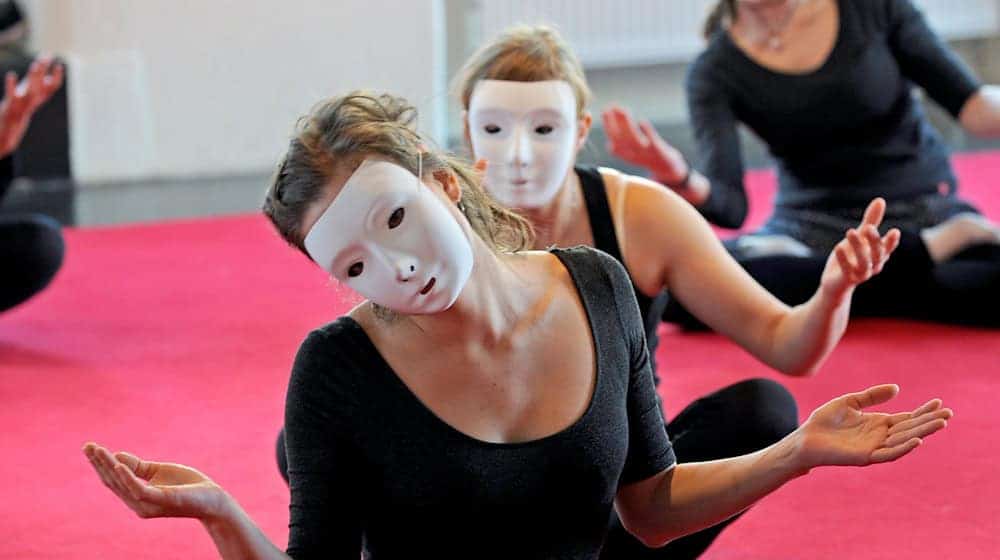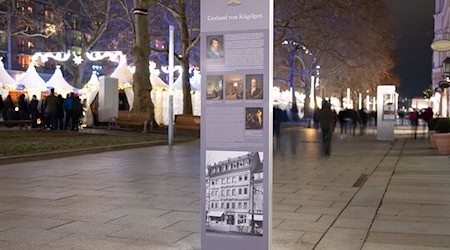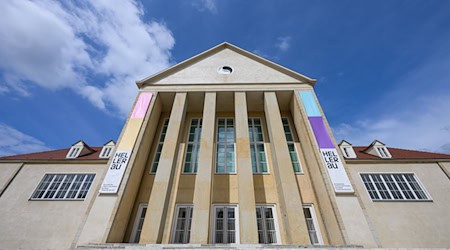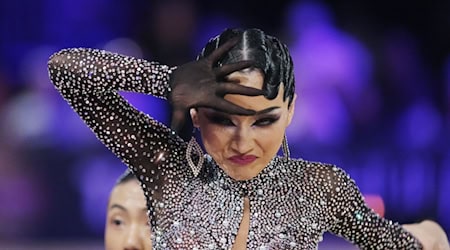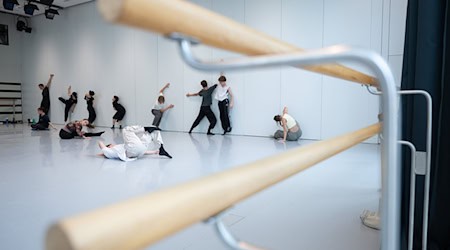Mime has a special fascination - neither young nor old can escape it. Babies are basically born as little pantomime artists. As long as they cannot speak, parents often have to rely on their little ones' facial expressions to interpret their well-being. In its artistic form, pantomime is a universal art: Mr. Bean's wordless sketches are understood worldwide.
Pantomime should not be a guessing game
"Pantomime is not a charade. If the audience doesn't understand it, the fault lies not with the audience, but with the mime. The audience should not understand afterwards, but at the same time, I would almost say beforehand," the French actor Jean Soubeyran (1921-2000) once said. The mime fulfills the expectations of the audience.
The Dresden International Pantomime Theater Festival has also been experiencing this for decades. It was founded in 1982 - still under a different name - by Ralf Herzog and Rainer Petrovski. The aim was to showcase the diversity of the art form and to network artists from Germany and abroad. Ralf Herzog is something like the supreme pantomime of Dresden.
Festival celebrates its 40th birthday in Dresden
For the 40th edition, around 20 artists from six countries will present a wide range - from clowning and mask performances to modern dance theater, as announced by Mimenstudio Dresden as the organizer. A workshop for professionals and amateurs will take place before the opening gala on Wednesday (November 12). This will be followed by five evening events and a children's program at Theaterhaus Rudi until 16 November.
"The workshops and professional exchange are still important to us and an incentive for many artists to come to Dresden," says association chairman Michael Meinel. As hosts, we take away new ideas from the encounters with the artists. Visitors, in turn, gain insights into how body language and movement alone can tell powerful stories.
Weekly training course for interested amateurs
The festival is organized on a voluntary basis by Mimenstudio Dresden e.V., which maintains the over 45-year-old tradition of pantomime in the city. Meinel, a former student of Herzog's, has been running the association for five years. In the meantime, another of Herzog's pupils has taken up the baton: Pantomime Tim Schreiber has recently started leading the training course for interested amateurs every Tuesday evening at the Projekttheater.
This is where the techniques of classical pantomime and modern movement theater have been taught for decades. "I started at Ralf Herzog's school over 20 years ago and am now returning with a wealth of experience," reports Schreiber. Together with Meinel, he wants to continue the pantomime school - and at the same time develop it further with his own signature style. New interested parties are always welcome.
Festival provides an insight into international trends
The festival also provides an insight into international trends. "Whether for a laugh, for reflection or as an inspiring journey into the imagination - very different facets come to the stage here, and at a very high artistic level," says Meinel, looking forward to the guests. "There are no language barriers, which is another thing that makes the genre of pantomime so exciting. Whether funny or tragic hero, pantomime is understood worldwide."
An exhibition on the history of pantomime will accompany the festival week in the foyer of the Theaterhaus. The opening gala on Wednesday will show excerpts from all the shows. On Thursday, the theater group Davai from Tel Aviv will perform "Under Construction" -- a bizarre physical comedy in which pantomime merges with clowning, music and circus.
On Friday, "Light in the Darkness" by the Czech ensemble Tantehorse will follow. According to the duo Miřenka Čechová and Radim Vizváry, they were inspired by masters such as Dante Alighieri, the composer Johann Sebastian Bach and the surrealist Salvador Dalí - and combine contemporary pantomime with expressive dance.
Other guests are Sara Mangano and Pierre-Yves Massip, both students of the legendary mime Marcel Marceau, as well as Carlos Aller (Spain) and Cecilia Bartolino (Italy), who combine mime with dance theater.
Copyright 2025, dpa (www.dpa.de). All rights reserved

